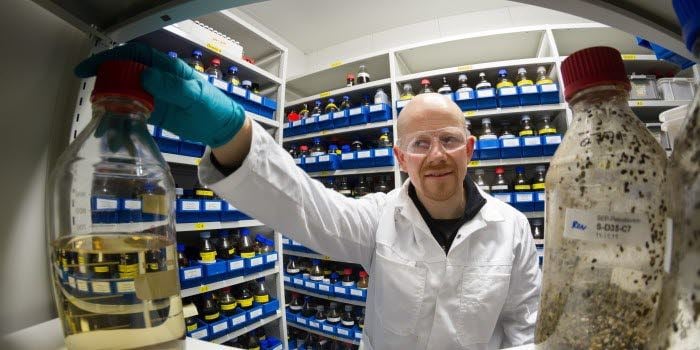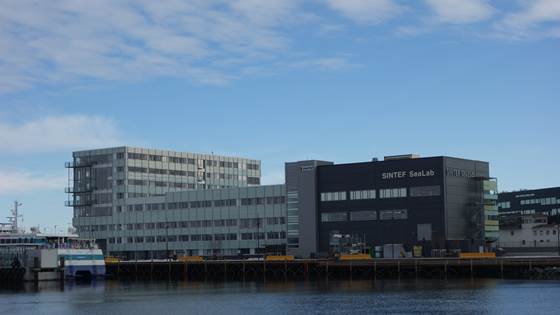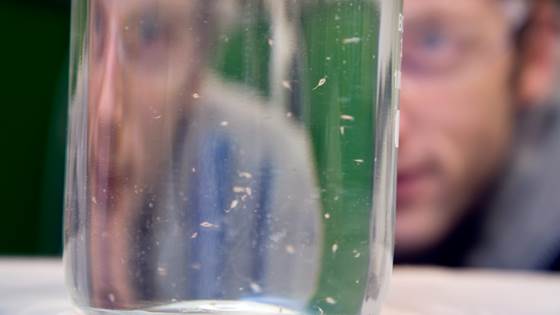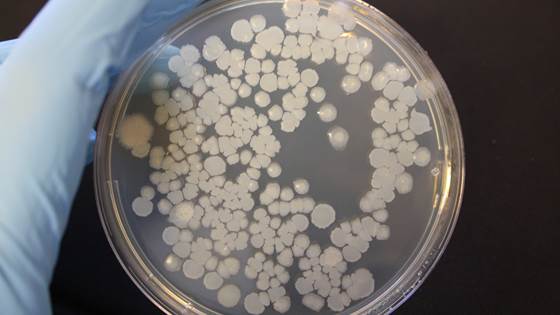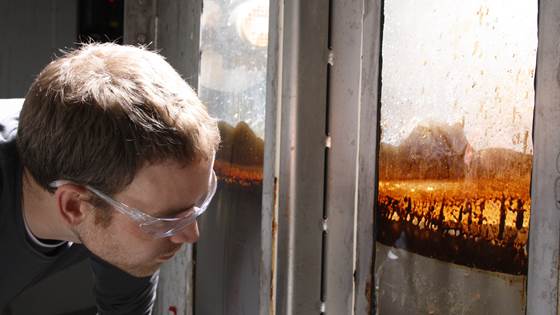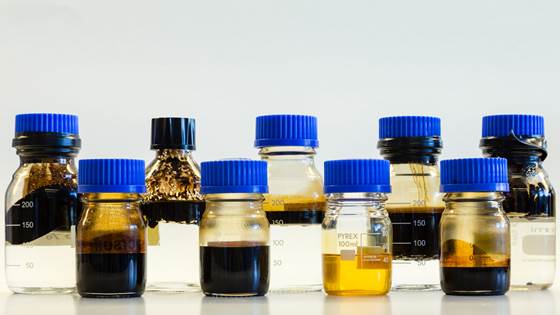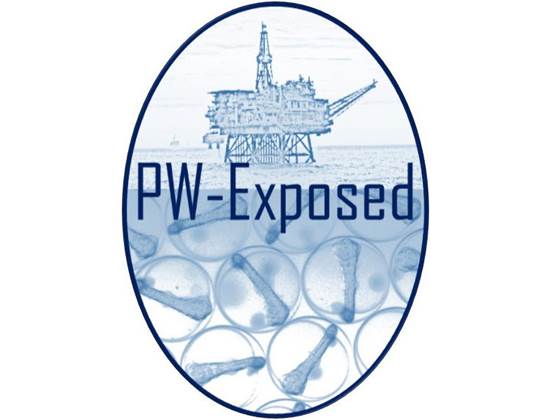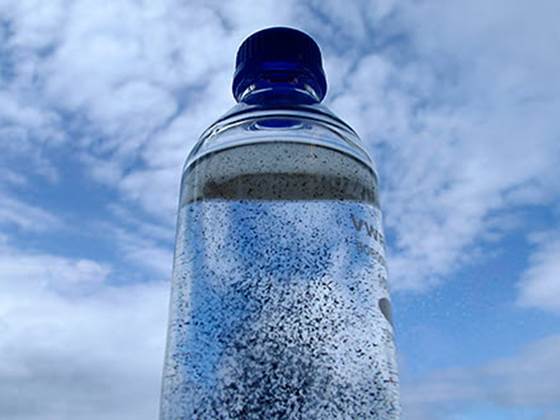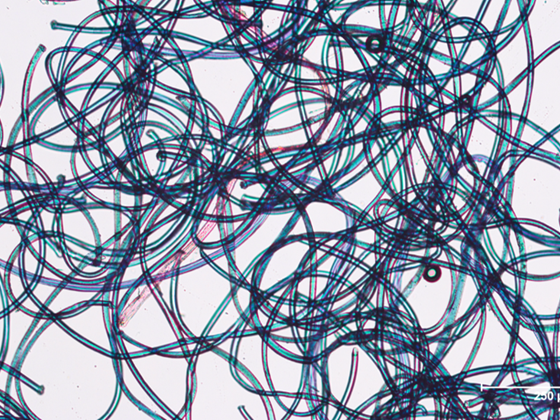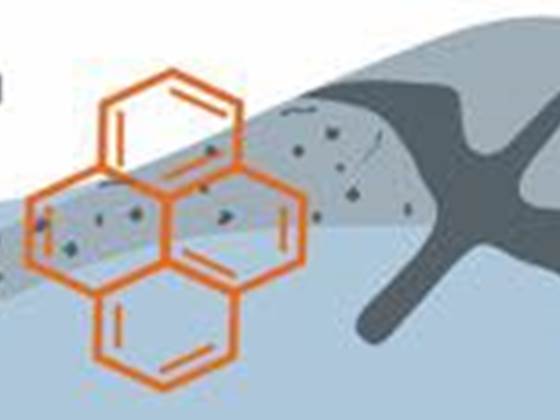We have in-house expertise in the development, optimization and validation of analytical methodologies, and are always looking to adapt methods to new challenges. We offer both traditional and state-of-the art sample preparation for any sample matrix (including water, sediments and biological samples). For analysis of complex analytical data sets, we apply multivariate statistical methods.
Examples of what we do, include:
Identification and quantification of priority and emerging environmental pollutants
- Legacy contaminants (PAHs, PCBs, PBDEs, OCPs)
- Pharmaceuticals and personal care products
- Plastic and rubber additives and associated chemicals
- Plastic degradation products
- Ultrasensitive analysis of trace contamination by GC-MS/MS and/or LC-MS/MS
- Characterization of complex, environmental mixtures using two-dimensional gas chromatography coupled to high resolution mass spectrometry (GCxGC-qToFMS)
- Non-target and suspect screening using all available techniques
- Identification of biotransformation products and metabolites
- Microplastic, plastic and polymer analysis by thermal desorption and pyrolysis GC-MS
Petroleum analysis and crude oil fingerprinting
- Analysis of total petroleum hydrocarbons, target saturates and aromatic hydrocarbons (> 100 target analytes) are performed with GC-FID and GC-MS. Our analysis includes an extended suite of parent and alkyl-substituted PAHs and phenols.
- Oil spill fingerprinting according to CEN Guideline CEN/TR15522-2:2012
- Highly sensitive GC tandem MS (GC-MS/MS) is used to analyse PAHs and alkylphenols in small volumes and organisms
- GCxGC-FID or GCxGC-MS is used to explore petroleum composition
Gas and volatiles analysis
- An extended list of volatile organic compounds (VOCs), including C5-C10 saturates and C0-C5 monoaromatic compounds, are analysed by purge and trap gas chromatography coupled to mass spectrometry (P&T GC-MS)
- Climate gases analysed by GC-FID
- Taste and odor components (e.g. geosmin and methylisoborneol) by GC-MS/MS
Analysis of nutrients and other biomolecules
- Lipidomics and pigment characterization by LC-MS/MS
- Lipid class and fatty acid composition by LC, LC-MS/MS and GC-FID
Fate and effect studies closely linked to analytical chemistry
IIn our environmental laboratories we furthermore offer a wide range of both standardized and customized fate and effect studies to investigate the fate and impact of emerging and priority pollutants as well as micro-/nanoparticles in freshwater and marine eco-systems. We offer solutions for whole effluent testing (WET) and effect-directed analysis (EDA).

